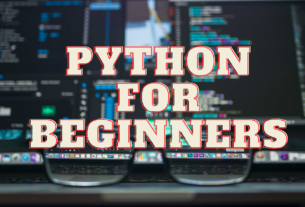Congratulations on reaching the midway point of your Python learning journey! Today, it’s time to assess your understanding of the topics covered so far. Let’s design a set of questions that span the breadth of your Python knowledge:
Section 1: Basics and Setup
Setting Up Python:
- What are the steps to install Python on your machine?
- Mention two popular online Python editors.
Variables and Data Types:
- Explain the difference between
int,float, andstringdata types. - What is variable naming convention, and why is it important?
- Explain the difference between
Section 2: Control Flow
Conditional Statements:
- Write a Python code snippet using
if,else, andelifto determine if a number is positive, negative, or zero.
- Write a Python code snippet using
Loops:
- Provide examples of using both
forandwhileloops in Python. - What is the purpose of the
breakstatement in a loop?
- Provide examples of using both
Section 3: Data Structures
Lists and Tuples:
- Differentiate between a list and a tuple.
- Write code to add an element to a list and concatenate two tuples.
Dictionaries:
- Explain the structure of a Python dictionary.
- Write code to access a value from a nested dictionary.
Section 4: Functions
Function Basics:
- Define a function named
calculate_areathat calculates the area of a rectangle. - What is the purpose of the
returnstatement in a function?
- Define a function named
Advanced Functions:
- Explain the concept of default arguments in functions.
- Write a function that takes a variable number of arguments.
Section 5: File Handling
- Working with Files:
- How do you open a file in Python for reading and writing?
- Write code to read the contents of a text file and print them.
Section 6: Exception Handling
- Handling Exceptions:
- Demonstrate the use of
try,except,else, andfinallyblocks. - Write code to handle a specific exception and a general exception.
- Demonstrate the use of
Instructions:
- Answer each question with clear explanations and, when applicable, provide code snippets.
- Take your time and refer to your notes or the Python documentation if needed.
- This assessment is a self-evaluation, so focus on understanding the concepts.
After completing the assessment, take note of areas where you feel confident and areas that may need further review. It’s a great opportunity to identify your strengths and areas for improvement. Keep up the excellent work on your Python journey!
Facebook
Twitter
LinkedIn


